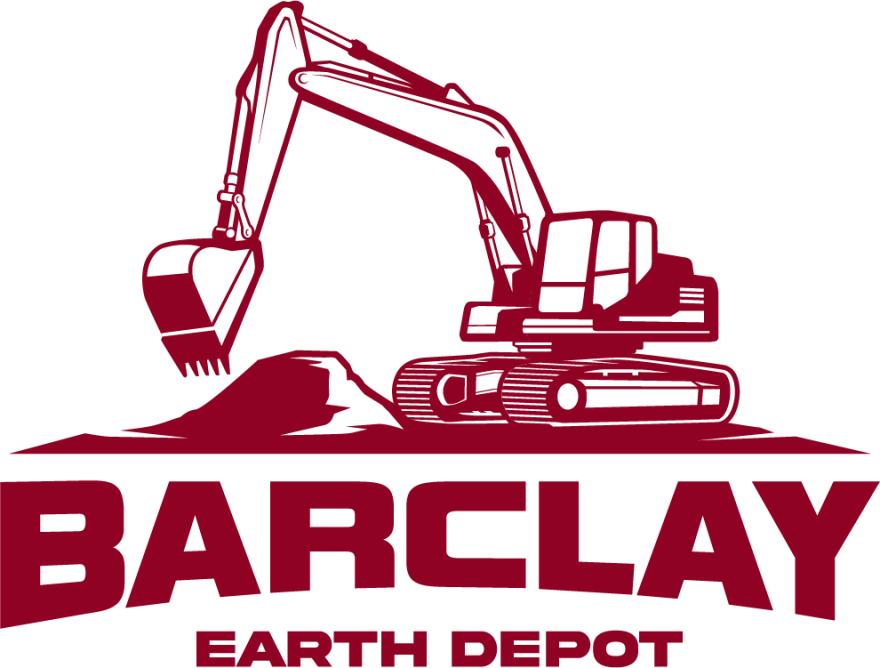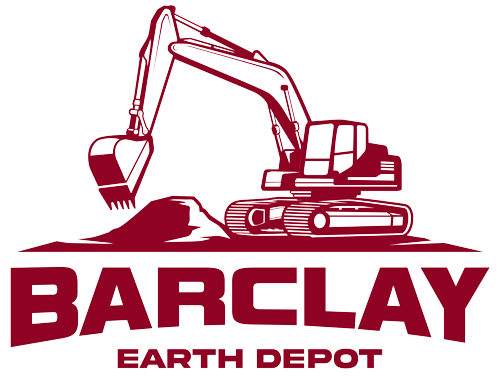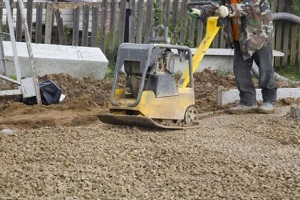 Struggling with soil compaction can put a serious dent in your construction project. Issues in this crucial step can lead to structural problems, causing costly delays. A critical aspect of the process is understanding how to use fill dirt for construction effectively.
Struggling with soil compaction can put a serious dent in your construction project. Issues in this crucial step can lead to structural problems, causing costly delays. A critical aspect of the process is understanding how to use fill dirt for construction effectively.
Here are seven tips to help you tackle soil compaction head-on, save time, and keep your project on track.
1. Choose the Appropriate Fill Dirt for Your Construction Project
Choosing the right fill dirt for construction projects is vital for adequate compaction. Fill dirt usually refers to subsoil or the layer of dirt below the topsoil. It lacks organic matter, which can decompose and lead to settling or instability over time, making fill dirt ideal for projects requiring compaction.
When picking fill dirt, remember that it should be relatively free from debris, including rocks and roots, as these can hinder effective compaction. Moreover, you want fill dirt with a balanced mix of clay and sand. Clay helps the fill retain its shape, while sand allows for efficient drainage.
2. Acquire Soil Analysis Skills
You must understand the soil’s properties to ensure it can be compacted successfully. These properties mean different soil types, such as sandy, silty, clayey, or a mixture, will behave differently under compaction.
How soil responds to compaction depends on the size of the particles and its plasticity. Soils with a coarser grain, such as sand and gravel, have larger particles and exhibit lower plasticity. They tend to compact well and offer good drainage but may require more effort to attain the desired compaction level.
Conversely, fine-grained soils, such as silts and clays, have smaller particles and higher plasticity. They compact well but may retain moisture, posing drainage issues.
3. Achieve the Right Moisture Balance for
Managing the moisture of fill dirt for construction is a delicate balance. It’s essential to understand that too dry and too wet soil can result in compaction issues.
Optimum moisture content, determined through the Proctor test, is the water content at which the soil reaches its maximum dry density. Compaction is easiest when you’re near this optimum moisture, and the soil reaches the desired density with less effort.
Too dry, the soil particles cannot easily move into empty spaces. Too wet, the excess water fills the voids between soil particles, preventing them from moving closer together. Both scenarios result in lower compaction efficiency.
A simple hand test can give you an idea about the soil’s moisture condition. It may be too dry if it crumbles when you open your hand. It may be too wet if it stays clumped together without breaking apart.
4. Choose the Right Equipment and Maintain It
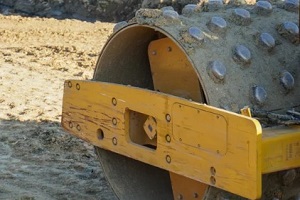 Selecting the correct compaction equipment is critical. Cohesive soils benefit from rammers or sheepsfoot rollers, while granular soils work best with vibratory plates or smooth drum rollers.
Selecting the correct compaction equipment is critical. Cohesive soils benefit from rammers or sheepsfoot rollers, while granular soils work best with vibratory plates or smooth drum rollers.
Keep your equipment in top shape, as poor maintenance could lead to uneven compaction or project delays. Regular checks and servicing extend the machine’s lifespan and improve operational efficiency.
5. Perfect Soil Layering and Compaction Force
Correct soil layering, also known as lift, is critical to proper compaction. If the lift is too thick, the compaction force won’t penetrate all the way through, leaving the bottom layer uncompacted. Conversely, a lift that is too thin might lead to over-compaction.
Generally, the lift thickness should not exceed two to three times the size of the aggregate in the fill dirt. Therefore, if the largest particle size is 1 inch, aim for a 2 to 3 inches lift thickness.
Also, applying the right amount of compaction force is vital, as different soils demand different compaction forces. Granular soils require more, while cohesive soils need less.
6. Take a Systematic Approach
A structured method for soil compaction can make a significant difference. Develop a pattern to ensure uniform compaction across the entire area. A popular strategy is to compact the soil in parallel strips, overlapping each pass of the machine by at least half its width.
Moreover, start compacting from the edges towards the center. This technique pushes the air toward the center, lowering the chances of trapped air pockets that can result in weak spots.
7. Avoid Common Compaction Mistakes
Despite seeming straightforward, soil compaction has its pitfalls. Two common problems are over-compaction and under-compaction. Over-compaction can occur when you make too many passes over the same spot with the compaction equipment, which can reduce soil density. Under-compaction results when too few passes are made, leading to a less dense, weak soil structure.
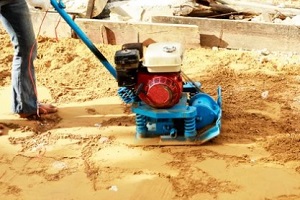 Another frequent error is incorrect lift thickness. Placing too much soil in a single lift can leave the bottom layers uncompacted, leading to a loose soil layer or under-compaction. Awareness of these potential missteps and working diligently to prevent them can ensure a smooth compaction process, setting a solid base for a successful construction project.
Another frequent error is incorrect lift thickness. Placing too much soil in a single lift can leave the bottom layers uncompacted, leading to a loose soil layer or under-compaction. Awareness of these potential missteps and working diligently to prevent them can ensure a smooth compaction process, setting a solid base for a successful construction project.
Source Top Quality Fill Dirt for Construction from Barclay Earth Depot
Applying these simple yet effective tips for fill dirt compaction can make a significant difference in your construction projects. It’s all about understanding and working with the ground, not against it. This strategy not only helps to create a stable foundation for your constructions but also helps prevent future issues related to poor compaction.
Barclay Earth Depot’s dirt experts can help you navigate this critical job phase with our high-quality fill dirt for construction projects and our unmatched soil expertise. Contact us today at (941) WE-DIG-IT or online, and let us provide the support you need.
